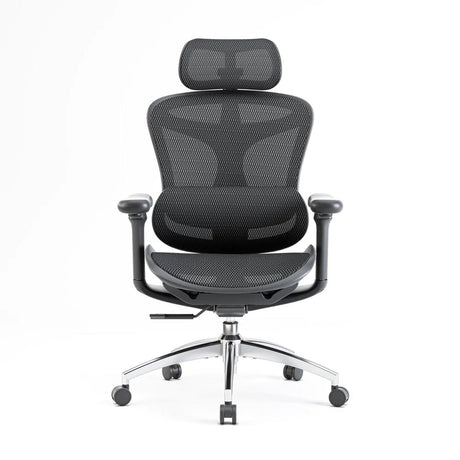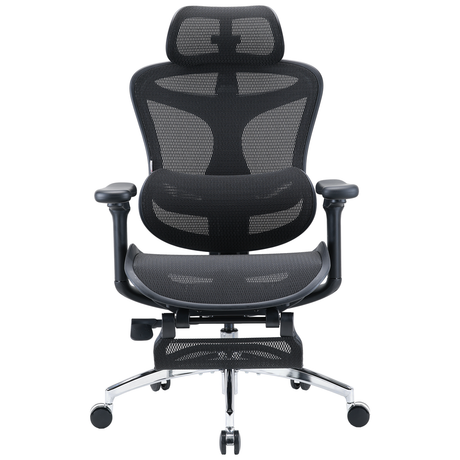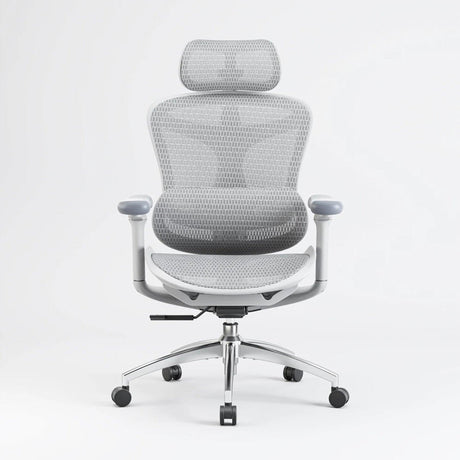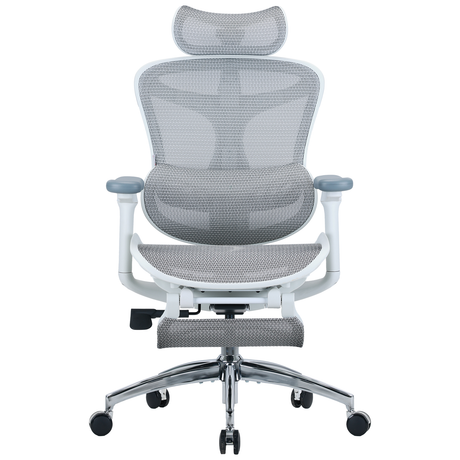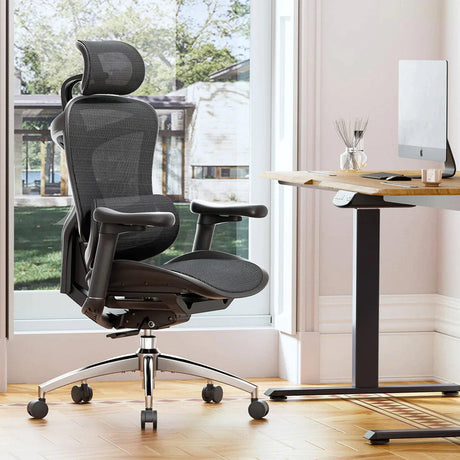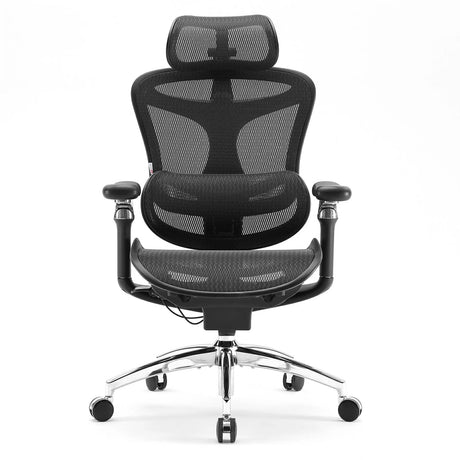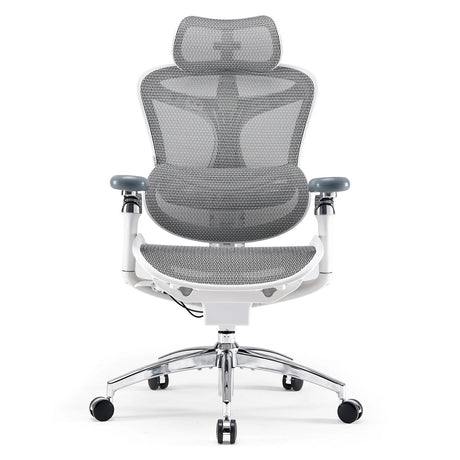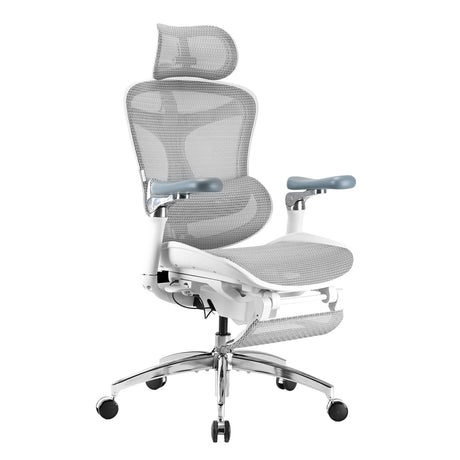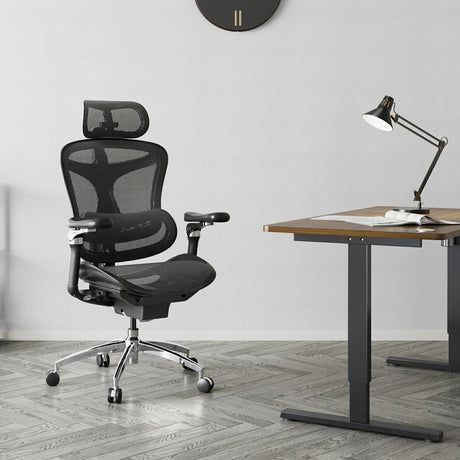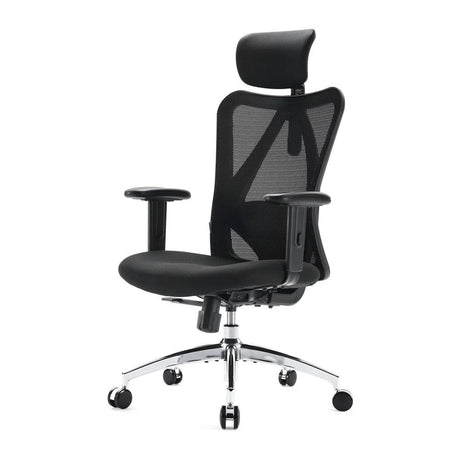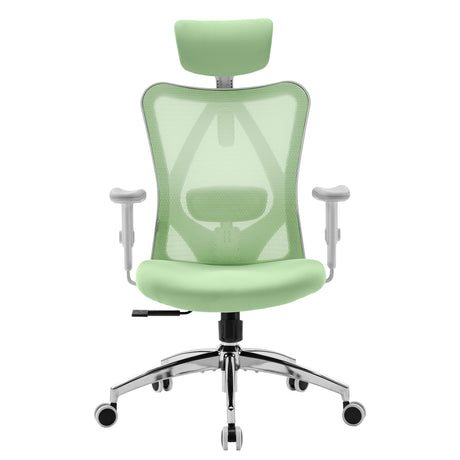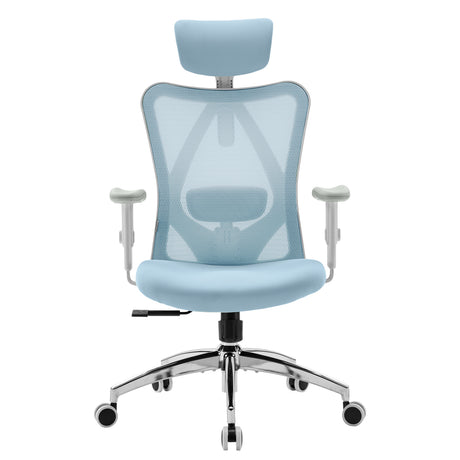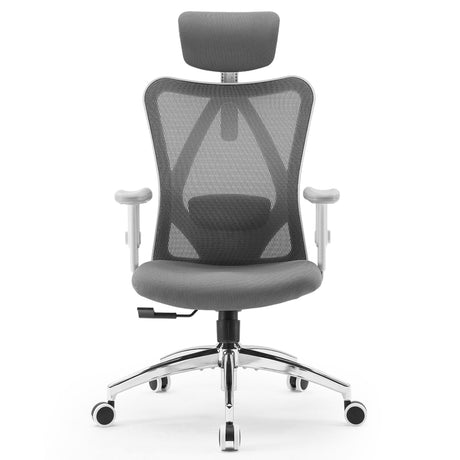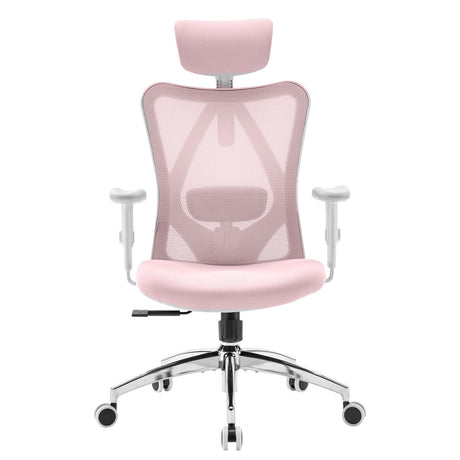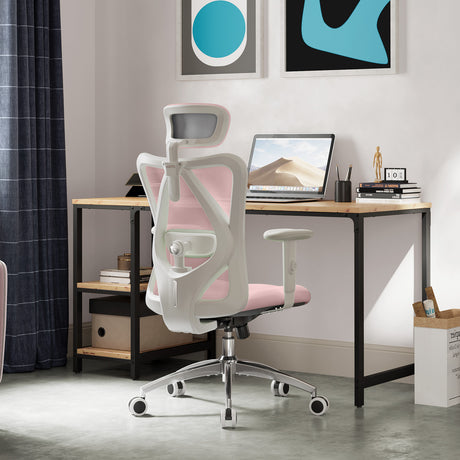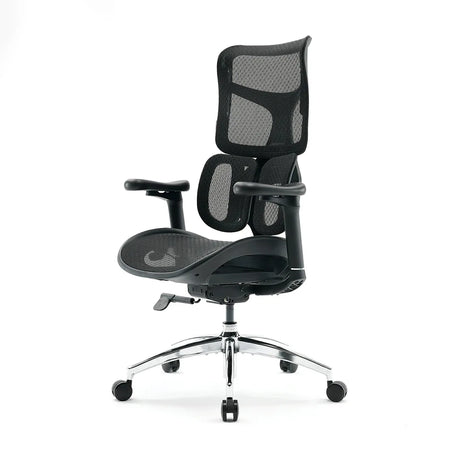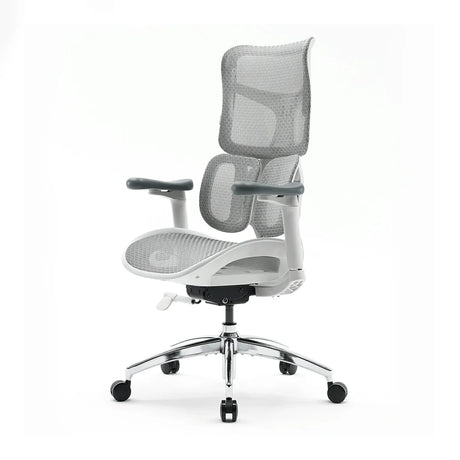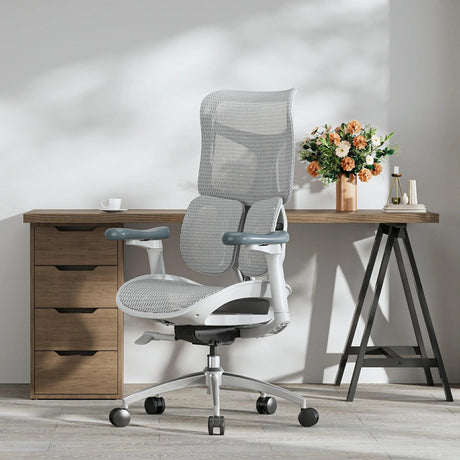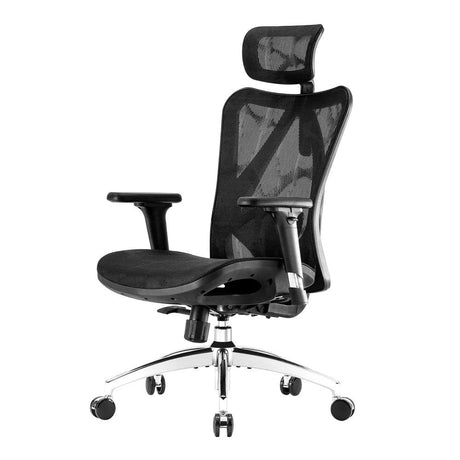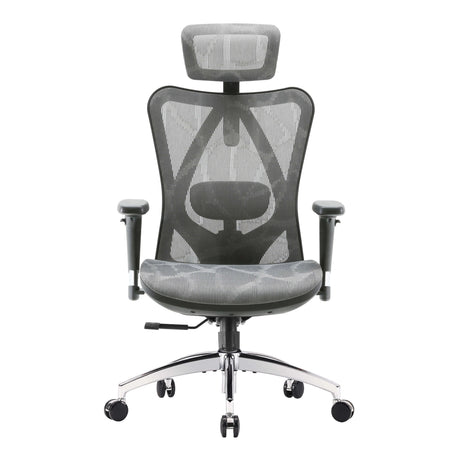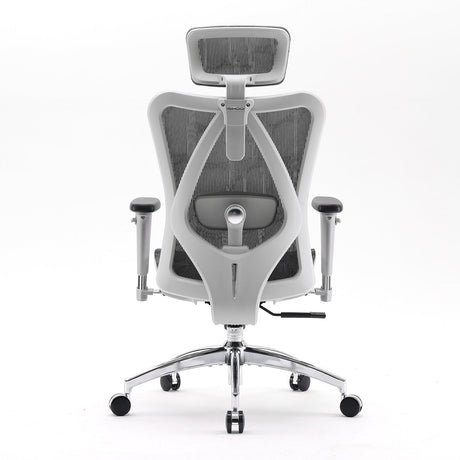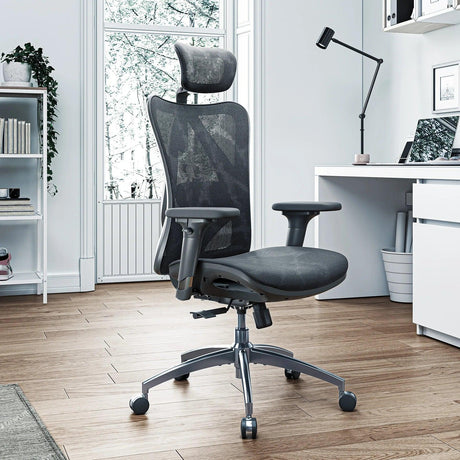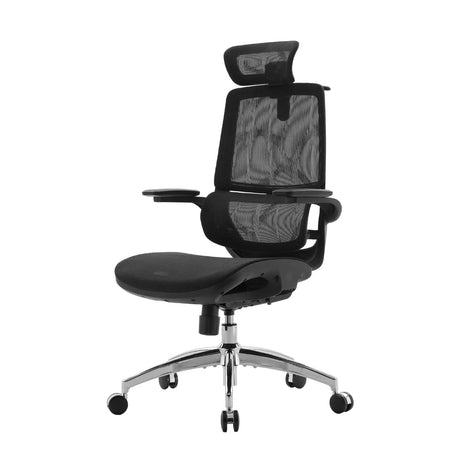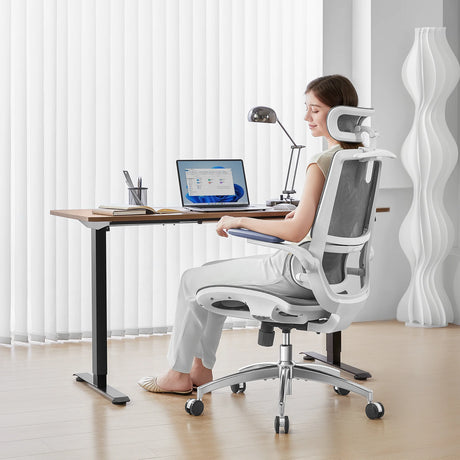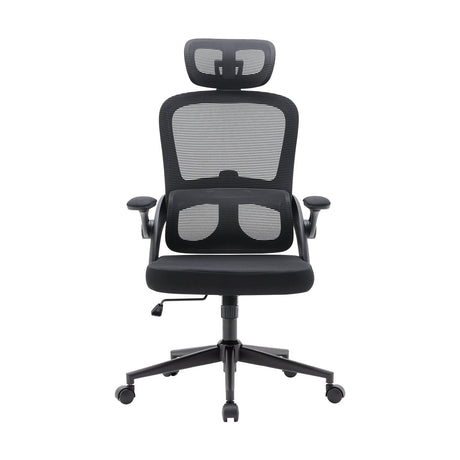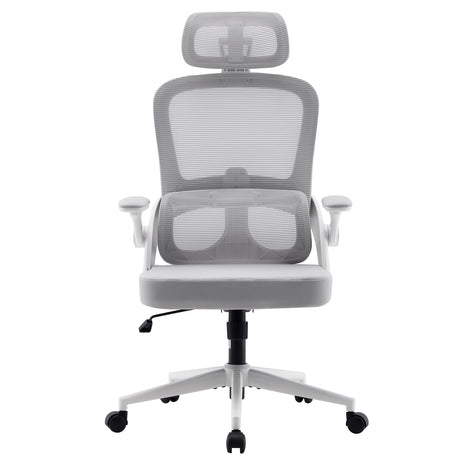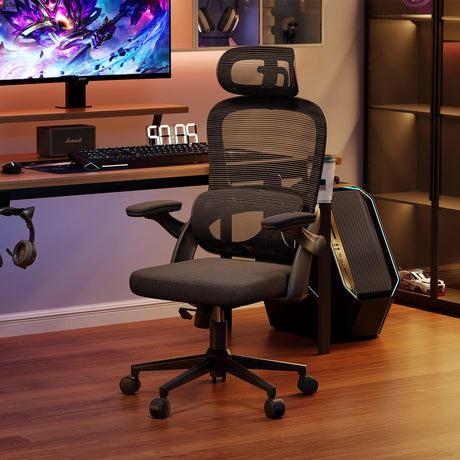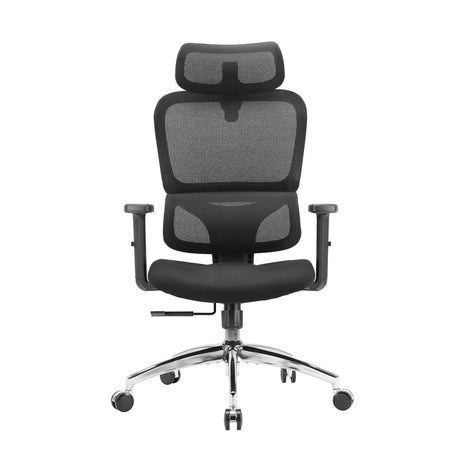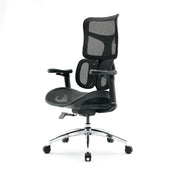In modern work culture, our chairs have become more than just pieces of furniture—they are places where we spend six, eight, or even ten hours a day. While office tools and digital technology have evolved rapidly, our bodies have not. Human anatomy is designed for movement, but modern living encourages stillness. This mismatch has given rise to what many health experts and ergonomists call “chair disease.”
Although not a medical diagnosis in the traditional sense, chair disease is a widely used term describing the wide range of physical, cognitive, and metabolic problems caused by prolonged sitting. It is a lifestyle epidemic, a slow-burning health crisis shaped by sedentary work, digital screen dependency, and poor ergonomic habits.
This article explores chair disease in depth—what it is, what causes it, how it affects the body, and what you can do to prevent it. We’ll also discuss the role of ergonomics, healthy movement patterns, environmental design, and practical workplace strategies. Whether you work in an office, study from home, or simply spend long hours sitting each day, understanding chair disease is crucial for your long-term well-being.
1. Understanding Chair Disease
1.1 What Is Chair Disease?
Chair disease is a term used to describe the physical deterioration, discomfort, and health issues caused by excessive sitting, especially in non-ergonomic conditions. It includes musculoskeletal strain, poor circulation, reduced core strength, spinal misalignment, metabolic slowing, and increased risk of chronic diseases.
The term gained popularity in the past decade as research highlighted the dangers of sedentary lifestyles and the health burden associated with modern office culture.
Chair disease is not a singular condition. Instead, it is an umbrella phrase capturing the cumulative consequences of:
- Sitting for long periods
- Poor posture
- Lack of movement variety
- Inadequate ergonomic support
- Repetitive movement patterns
- Disrupted work-life balance
In short: chair disease is what happens when the human body, built for motion, is forced into stillness day after day.
1.2 Why the Modern World Has Made the Problem Worse
A thousand years ago, humans hunted, farmed, walked, built, cooked, and labored. Even 200 years ago, most work involved physical effort. Now, most jobs involve screens, keyboards, and stationary tasks.
Three major shifts fuel chair disease:
Digital Work Culture
Office jobs now dominate the global economy. Remote work has increased sitting hours, often in less ergonomic environments.
Technology Dependence
Communication, entertainment, learning, and shopping now happen on screens—activities that rarely require movement.
Urban Living
Long commutes, car culture, and overcrowded cities reduce walking and encourage sedentary routines.
As a result, sitting has become the default posture of daily life—not just for work, but for leisure.
2. How Chair Disease Impacts the Body
Chair disease does not hit all at once. Its effects accumulate over time, slowly altering the way muscles behave, how joints move, and even how internal systems function.
Below is a comprehensive breakdown of the body systems most affected.
2.1 Musculoskeletal System
2.1.1 Forward Head Posture
When sitting and leaning toward a screen, the head gradually shifts forward. Every centimeter of forward displacement dramatically increases neck tension.
Effects include:
- Chronic neck pain
- Reduced range of motion
- Muscle knots and stiffness
- Higher risk of cervical disc compression
2.1.2 Rounded Shoulders
Weak upper back muscles and shortened chest muscles lead to a hunched posture. Over time, this becomes the body’s default position.
2.1.3 Lower Back Strain
Poor lumbar support encourages slouching, which adds pressure to the lower spine.
Consequences may include:
- Herniated lumbar discs
- Sciatica
- Chronic lower back pain
- Tight hip flexors
2.1.4 Hip Tightness
Prolonged sitting shortens the hip flexors, which can alter pelvic alignment and cause:
- Anterior pelvic tilt
- Lower back pain
- Reduced stride length
- Poor overall mobility
2.1.5 Weak Glutes
Sitting for long periods deactivates gluteal muscles, a condition sometimes referred to as “gluteal amnesia.”
Weak glutes affect:
- Gait mechanics
- Pelvic stability
- Lower back support
- Knee alignment
2.2 Cardiovascular and Metabolic Health
2.2.1 Slow Blood Circulation
Extended sitting reduces blood flow, especially in the legs. This can lead to:
- Swollen feet or ankles
- Varicose veins
- Higher risk of deep vein thrombosis
- Increased blood pressure
2.2.2 Reduced Calorie Burning
Sitting minimizes muscular engagement, which lowers:
- Energy expenditure
- Metabolic rate
- Insulin sensitivity
This contributes to weight gain and increases the risk of metabolic syndrome.
2.2.3 Increased Risk of Chronic Diseases
Studies link prolonged sitting to higher rates of:
- Heart disease
- Type 2 diabetes
- Obesity
- Stroke
Chair disease is often described as “the new smoking,” because its impact on long-term health is so significant.
2.3 Neurological and Cognitive Effects
2.3.1 Decreased Brain Oxygenation
Movement promotes blood flow. Without movement, the brain receives less oxygen, which can affect:
- Focus
- Problem-solving skills
- Mood regulation
- Memory retention
2.3.2 Higher Stress Levels
Poor posture impacts breathing mechanics, reducing oxygen intake and increasing feelings of tension or anxiety.
2.4 Behavioral and Lifestyle Effects
2.4.1 Sedentary Habits Become Hardwired
A sedentary lifestyle becomes comfortable and familiar, making physical activity feel more difficult.
2.4.2 Sleep Disruption
Neck or back pain from sitting all day can shift into nighttime discomfort.
2.4.3 Productivity Decline
Pain, discomfort, or fatigue reduce your ability to work effectively.
3. What Causes Chair Disease?
Chair disease is rarely caused by one single factor. Instead, it results from a combination of lifestyle, environmental, and behavioral patterns.
Here are the biggest contributors:
3.1 Prolonged Sitting
The more hours you sit, the greater the risk. Even with exercise, prolonged sitting can still be harmful. The problem is duration, not just inactivity.
3.2 Poor Posture
Most people slouch without realizing it. Poor posture habits include:
- Leaning forward
- Crossing legs for long periods
- Sitting with a rounded back
- Sitting with uneven weight distribution
Small habits add up to big consequences.
3.3 Inadequate chair ergonomics
Low-quality chairs or chairs without adjustable features contribute significantly to chair disease.
Common ergonomic issues include:
- No lumbar support
- Insufficient seat depth
- Lack of recline or tilt control
- Hard or unsupportive materials
- Fixed or non-adjustable armrests
3.4 Static Posture
Even “perfect posture” becomes harmful when held for too long. The body needs movement, not rigidity.
3.5 Poor Desk and Screen Setup
A desk that’s too high or too low, a screen positioned incorrectly, or improper keyboard placement all create strain.
3.6 Lack of Movement Breaks
Many workers go two or three hours without standing up, stretching, or resetting their posture.
3.7 Stress and Work Pressure
Stress encourages tense shoulders, shallow breathing, and muscle tightening, all of which worsen sitting-related problems.
4. Symptoms of Chair Disease
Chair disease can manifest differently for each person, but the symptoms commonly include:
- Persistent back pain
- Neck stiffness
- Shoulder tension
- Frequent headaches
- Poor posture
- Numbness or tingling in legs
- Fatigue
- Reduced flexibility
- Difficulty concentrating
- Restless sleep
- Slower metabolic rate
The earlier you identify these symptoms, the easier it is to reverse them.
5. How to Prevent and Manage Chair Disease
While chair disease is a product of modern work culture, it is not inevitable. The key is awareness and practical adjustments.
Below are evidence-based strategies that help reduce risk and improve comfort.
5.1 Improve Your Sitting Posture
A neutral posture maintains the natural S-curve of the spine.
Checklist for correct posture:
- Feet flat on the floor
- Knees at 90 degrees
- Hips slightly above knee height
- Back fully supported
- Head upright, not leaning forward
- Shoulders relaxed, not raised
- Elbows close to the body
5.2 Use an Ergonomic Chair That Supports Movement
A high-quality ergonomic chair makes a major difference in reducing chair disease. Although the article is not focused on product recommendations, the key features you should look for include:
- Dynamic lumbar support
- Adjustable seat depth
- Height-adjustable armrests
- Recline mechanism with tension control
- Breathable mesh
- Comfortable seat cushioning
- Synchronized backrest movement
A chair should support you in motion, not lock you into stillness.
5.3 Add Movement into Your Workday
Movement is the most powerful antidote to chair disease.
Recommended habits:
- Stand up for 5 minutes every 30–45 minutes
- Walk during calls
- Do gentle stretches
- Incorporate micro-exercises
- Use the stairs
- Take walking breaks after lunch
5.4 Consider a Standing Desk or Adjustable Workspace
Alternating between sitting and standing allows your body to redistribute pressure and activate different muscles.
General guideline:
Sit for 30 minutes → Stand for 20 minutes → Move for 10 minutes
Balance is more important than extremes.
5.5 Strengthening and Mobility Exercises
Regular exercise helps combat the muscular imbalances caused by sitting.
Useful exercise types:
- Core strengthening
- Glute activation
- Hip mobility work
- Back stretches
- Shoulder openers
- Light resistance training
5.6 Improve Workplace Ergonomics
Your desk, monitor, keyboard, and mouse should support a healthy posture.
Quick ergonomic rules:
- Monitor at eye level
- Keyboard close to the body
- Mouse at the same height as the keyboard
- Adequate lighting
- Stable desk height
5.7 Reduce Stress and Improve Breathing
Breathing exercises help relax tense muscles and improve alertness.
- Deep belly breathing
- Shoulder relaxation techniques
- Gentle neck rotations
5.8 Take Breaks with Purpose
Random breaks feel good, but structured movement breaks have better long-term benefits.
Try the 20-8-2 rule:
- Sit for 20 minutes
- Stand for 8 minutes
- Move for 2 minutes
6. Long-Term Effects of Ignoring Chair Disease
Neglecting chair disease doesn’t just result in temporary discomfort—it can lead to chronic conditions that affect both physical and mental well-being.
Long-term risks include:
- Degenerative disc disease
- Chronic sciatica
- Postural deformities
- Hypertension
- Obesity
- Insulin resistance
- Reduced mobility
- Workplace burnout
- Lower productivity
Ignoring early warning signs allows minor issues to grow into lifelong pain patterns.
7. Why Chair Disease Matters for Overall Quality of Life
Chair disease isn’t just about pain—it’s about how sitting affects the way we live.
Quality of life impacts include:
- Reduced energy
- Difficulty exercising
- Lower motivation
- Decreased confidence
- Reduced concentration
- Increased irritability
Health and productivity are deeply interconnected. Solving chair disease helps restore balance, comfort, and long-term performance.
8. Frequently Asked Questions (FAQs)
1. Is chair disease a real medical diagnosis?
Not in the clinical sense, but it is a widely recognized term used by ergonomists, physiotherapists, and workplace wellness professionals to describe sedentary-related health issues.
2. Can exercise alone prevent chair disease?
Exercise helps, but it doesn’t fully protect you if you sit for long, uninterrupted periods. Movement throughout the day is essential.
3. How many hours of sitting per day is considered too much?
Health experts generally recommend staying below 6–7 total hours of sitting daily. Many office workers exceed 9–12 hours.
4. Can a good chair fix chair disease?
A good ergonomic chair helps enormously, but it must be paired with movement breaks, proper posture, and a healthy desk setup.
5. Is standing all day better than sitting?
Not necessarily. Standing too long has its own drawbacks. The key is alternating between sitting, standing, and moving.
6. What are the first signs of chair disease?
Common early signs include stiff shoulders, tight hips, occasional back pain, and difficulty maintaining concentration.
7. How long does it take to reverse the effects of prolonged sitting?
With proper posture correction, exercise, and ergonomic adjustments, many symptoms improve within weeks. Long-term habits require consistent lifestyle changes.
8. Is chair disease reversible?
In most cases, yes. Unless structural damage has occurred, the body responds well to movement, strength training, and proper ergonomics.
Conclusion: Chair Disease Is Preventable
Chair disease is a modern lifestyle epidemic, but it is not inevitable. With awareness, smart ergonomics, and consistent movement, you can protect your body, improve productivity, and build healthier long-term habits.
Your chair doesn’t have to define your health. By understanding the risks, recognizing early symptoms, and making active choices throughout your day, you can break the cycle of sedentary strain and create a workstyle that supports your well-being.


